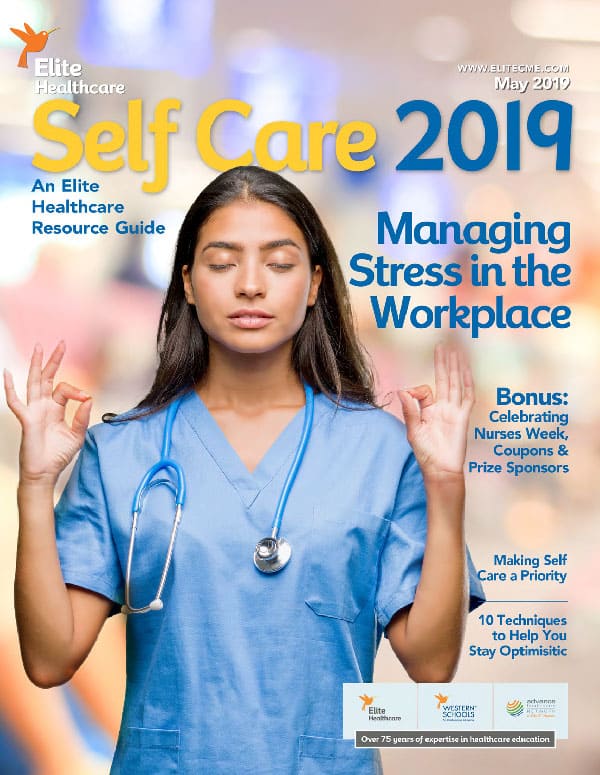Vol. 10 •Issue 10 • Page 25
Designing a COPD Disease Management Program
By Roberta Domos
Home Pathways
There is no shortage of would-be beneficiaries for COPD disease management programs. More than 14 million people currently are diagnosed with COPD, according to the Centers for Disease Control and Prevention.
Studies have shown that well-designed, comprehensive COPD disease management programs can reduce the overall cost of patient care by between 18 percent and 50 percent. But the potential benefits of COPD disease management programs extend far beyond cost savings.
Many chronic lung patients who are involved in COPD disease management programs will likely enjoy reduced symptoms, greater functionality in activities of daily living and an overall improvement in quality of life.1-5
EXERCISE
COPD disease management is a comprehensive, multi-dimensional, interdisciplinary service for patients with chronic lung disease. Arguably, COPD programs have much in common with traditional pulmonary rehab programs. Like pulmonary rehab, an effective COPD disease management program must include a care plan developed with the patient, family and physician; ongoing assessment of the patient’s physical and emotional health; and comprehensive disease management education.
First, a physician must perform a clinical evaluation that includes exercise stress testing to determine whether it’s safe for a patient to engage in an exercise program. Once the physician clears the patient for either monitored or unmonitored exercise, you can add an appropriate exercise program to the care plan.
A consistent routine of upper and lower extremity exercise has been found to increase a COPD patient’s stamina and functionality. Perform physical reassessments at routine intervals to assess the patient’s improvement in walk distance, tolerance for exercise and oxygen saturation.5
MEDICATION
A successful COPD disease management program also will make sure a patient understands how each one of his medications works, its expected side effects and the importance of following the exact medication regimen outlined by the physician.5,6
Although medication will not cure a COPD patient, medication compliance is vital to reducing symptoms of the disease and the incidence of complications, thus improving functionality and quality of life. Bronchodilators are a staple of most COPD medication plans, but glucocorticosteroids, antibiotics, oxygen therapy and influenza vaccines may all figure into a patient’s treatment plan at some point.
LONG-TERM COMPLIANCE
The greatest challenge to maintaining a patient’s improvement seen at the conclusion of rehab is ensuring that he or she remains compliant with the long-term care plan and employs self-management skills.
A COPD disease management program adds a level of follow-up that is not always practical within the day-to-day operations of a traditional pulmonary rehab program. When a COPD disease management program works in partnership with a rehab program, follow-up is proactive and prolonged, often for as long as a year after completion of the initial rehab, during which time a lifestyle change will hopefully take hold.
A hallmark of a COPD disease management program is the enhanced coordination of care between the patient, the physician, the patient’s rehab provider and the therapist or case manager charged with the extended follow-up. The therapist or case manager overseeing a patient’s disease management program typically arranges office visits, home visits and/or telephone calls that allow for continued compliance assessment. The case manager also encourages patients to carry out the self-management skills learned during the rehab process. In this manner, the case manager serves not only as a communication conduit among various members of the interdisciplinary health care team, but also as the patient’s coach, teacher and sometimes cheerleader.5-8
EVALUATING OUTCOMES
While disease management programs often directly benefit facilities through decreased length of stay for COPD patients, such programs benefit the patient and insurance payers even more. To persuade payers to reimburse for disease management programs, outcomes tracking is a must. Key indicators include measurements of unplanned physician visits, emergency room visits and hospital admissions.4,7
A number of tools can be used to assess the COPD patient’s emotional well-being and quality of life. St. George’s Respiratory Questionnaire, the SF-36 and the COPD TyPE Specification are all well-accepted outcomes measurement tools that can help care providers individualize the patient’s care plan and track progress toward the patient’s goals.4
Total cost of care over a specific time period pre- and post-disease management intervention is also a useful indicator. While it’s typical for patients in a disease management program to increase their use of pharmaceuticals because of improved compliance and medication management, larger savings in hospitalizations, emergency room visits and unplanned physician visits easily offset those increased costs.2,7
Outcomes tracking can be tedious, time-consuming and expensive without the aid of computerized software and benchmarking tools. However, the viability and continued support of disease management programs almost always depend on the ability to demonstrate the return on investment to the payer through data collection and outcomes reporting.
Additionally, outcomes data can and should be used to evaluate the effectiveness of the disease management program and serve to guide continuous program design improvements. In the end, specialized software to assist in tracking and benchmarking clinical, functional and health care utilization indicators is usually well worth the investment.
By incorporating all the necessary components–a comprehensive patient education and rehabilitation plan with enhanced coordination of care, compliance monitoring, sustained follow-up and outcome tracking programs–you can easily develop and implement a successful COPD disease management program.
REFERENCES
1. Scherer YK, Schmieder LE. Pulmonary rehabilitation: is it cost effective? NY State Nurses Assoc 1998 Fall-Winter;29(3-4):16-20.
2. Disease Specific Care Management COPD Outcomes. National Jewish Medical and Research Center. Accessed via: www.njc.org/bo1.html.
3. Bebout DE, Hodgkin JE, Zorn EG, Yee AR, Sammer EA. Clinical and physiological outcomes of a university-hospital pulmonary rehabilitation program. Respir Care. 1983;28(11):1468-73.
4. Benzo R, Flume PA, Turner D, Tempest M. Effect of pulmonary rehabilitation on quality of life in patients with COPD: The use of SF-36 summary scores as outcomes measures. J Cardiopulm Rehabil. 2000 Jul;20(4):231-4.
5. Pulmonary Rehabilitation. Joint ACCP/AACVPR Evidence-Based Guidelines. Chest. 112:1363-96, 1997.
6. Tiep BL. Disease management of COPD with pulmonary rehabilitation. Chest. 1997;112(6):1630-56.
7. Guell R, Gonzalez A, Morante F, Sangenis M, Sotomayor C, Caballero C, et al. Better at home: A continuous health care program for patients with advanced chronic respiratory disease. Arch Bronconeumol. 1998 Dec;34(11):541-6.
8. Hernandez MT, Rubio TM, Ruiz FO, Riera HS, Gil RS, Gomez JC. Results of a home-based training program for patients with COPD. Chest. 2000;118(1):106-14.
Domos is president of Domos HME Consulting Group, Redmond, Wash. She can be reached at (425) 882-2035 or robertad@hmeconsulting.com.
EMPHASIS ON EDUCATION
The value of patient education can hardly be overstated when planning an effective COPD disease management program. Education plays an important role in helping patients obtain self-management skills, cope with their illness and improve their health status.1 Essential educational topics include:
• a broad overview of the COPD disease process
• information on preventing exacerbations, when to contact a physician or other health care provider
• how to maintain a healthy nutritional status
• helpful breathing and lung clear ance techniques
• energy conservation techniques
• coping and relaxation skills
• smoking cessation
• instruction in effective medication delivery.
REFERENCE
1. Pulmonary Rehabilitation. Joint ACCP/AACVPR Evidence-Based Guidelines. Chest 112:1363-96, 1997.
–Roberta Domos






